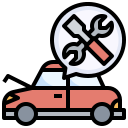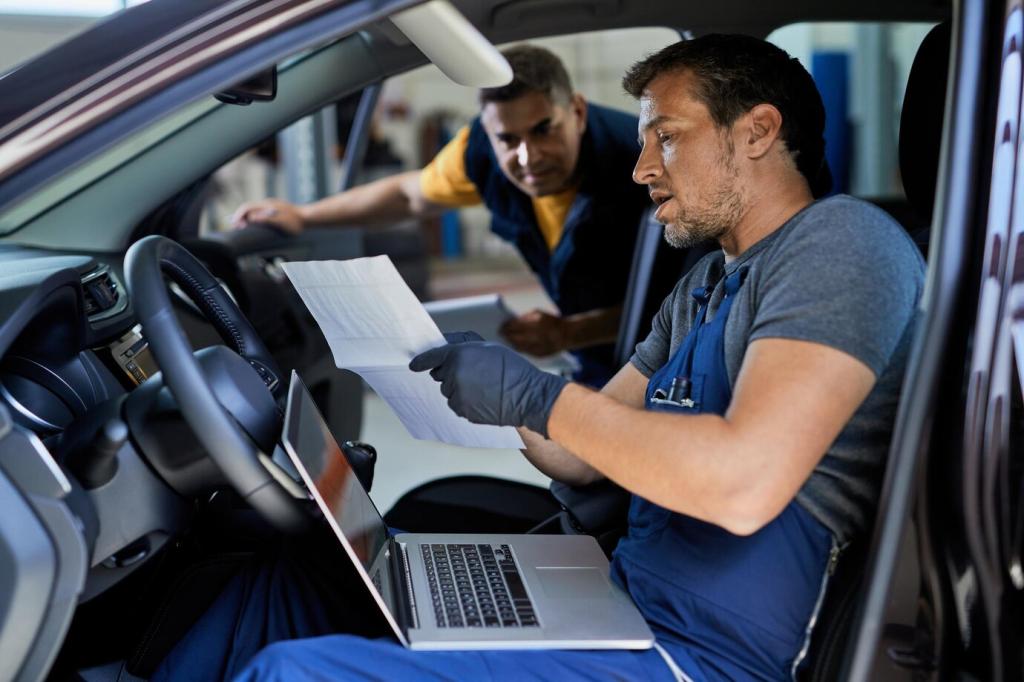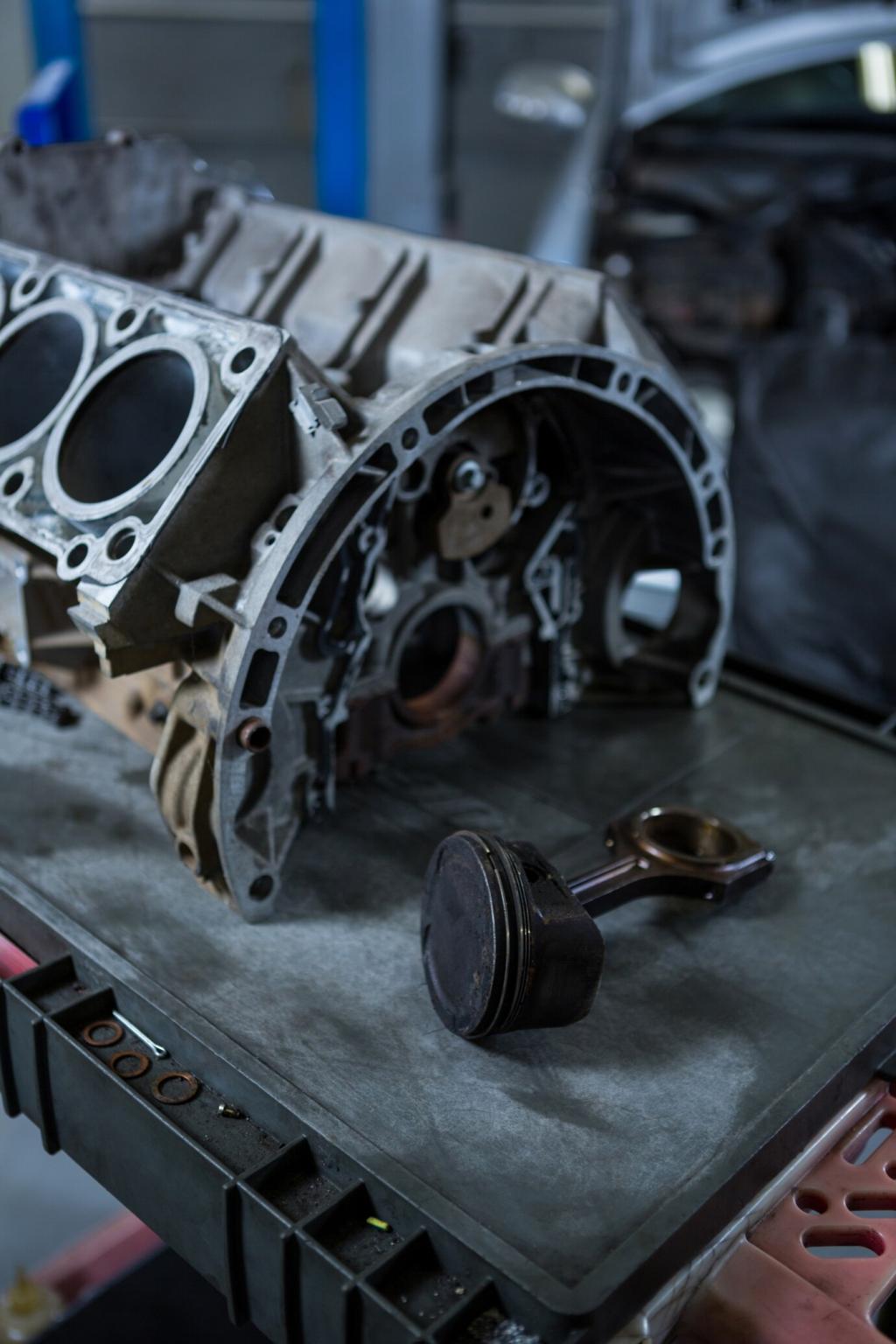Engine vs. Cabin Air Filters: Know the Difference
Your engine air filter protects the engine from dust and debris, preserving power and efficiency. The cabin air filter cleans the air you breathe inside the car, catching pollen and pollutants. Both are easy DIY swaps that instantly improve daily driving comfort.
Engine vs. Cabin Air Filters: Know the Difference
Sluggish acceleration, rough idle, or a drop in fuel economy often point to a clogged engine filter. Musty odors, weak fan airflow, or more dust on the dash suggest the cabin filter needs love. If you notice these, plan a quick weekend replacement.
Engine vs. Cabin Air Filters: Know the Difference
Last summer, a neighbor swapped his dusty, leaf-littered engine filter in ten minutes. He texted later saying his commute felt peppier and quieter. Small job, big difference, and he swore the air conditioner even sounded happier afterward.
Engine vs. Cabin Air Filters: Know the Difference
Lorem ipsum dolor sit amet, consectetur adipiscing elit. Ut elit tellus, luctus nec ullamcorper mattis, pulvinar dapibus leo.






